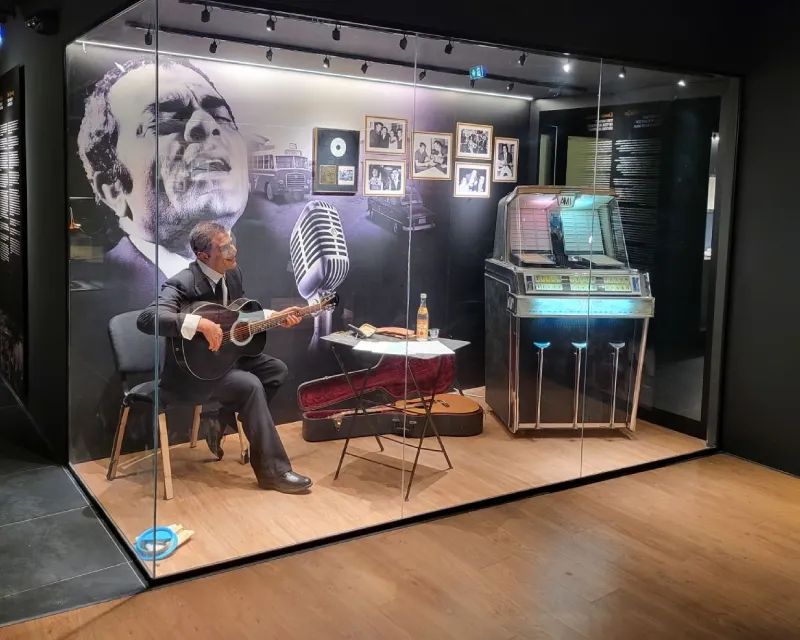Step inside a wax museum and you will see more than crafted figures. These spaces are changing the way people interact with history, culture, and celebrity. The idea is not just stillness but breathing life into frozen artistry. Museums today compete with digital distractions and need sharper methods to hold attention. That is where reinvention becomes vital to survival and storytelling.

Immersive soundscapes shaping moods
When a visitor walks through a wax gallery, silence often feels unsettling. Adding soundscapes builds atmosphere that wraps each sculpture in invisible narrative. Imagine soft battle drums near a general or applause around a movie icon. The sound becomes part of the story shaping memory and imagination. Visitors respond deeply to audio layers when connected seamlessly with physical form. It shifts passive looking into active participation of senses. Engagement now is the currency that fuels every successful wax museum project.
Interactive digital overlays emerging
Technology can fuse with tradition without breaking authenticity of wax creations. Augmented reality apps can reveal hidden scenes behind chosen characters. A smartphone scan could animate expressions or share little-known anecdotes. Visitors feel like they unlocked a secret rather than reading plain boards. This sense of discovery makes every corner of the museum more personal. The overlay becomes the bridge between tactile sculpture and digital storytelling.
Theatrical lighting as silent actors
Lighting often carries emotional weight far beyond decorative purpose in exhibitions. Strategic shadows can add gravitas while warm tones soften celebrity smiles. Spotlight transitions guide visitors like stage directors through curated emotions and themes. When paired with audio, the illusion feels almost cinematic within museum walls. Visitors no longer just see figures; they step into orchestrated experiences. Light acts like an invisible actor pushing the narrative forward.
Touch-free interactive storytelling walls
Walls need not remain silent when stories demand bold amplification. Large interactive panels can react to gestures without physical contact. A wave can unlock video clips, quotes, or animated historic reenactments. Families especially enjoy this tactile-free method of learning within cultural venues. It bridges curiosity with safety and inclusivity for diverse audiences. The wall becomes a living archive moving beyond static caption boards.
Live performance blending realities
Actors inside museums can blur lines between staged and real experiences. A costumed figure suddenly speaking surprises guests and deepens immersion instantly. Performances can be timed to coincide with visitor traffic flows naturally. This integration connects past artistry with present engagement in fluid harmony. People crave unpredictability, and live performance creates that spark beautifully. It transforms viewing into a shared moment of theatrical memory.
Conclusion
A wax museum cannot survive today by depending only on sculptural mastery. The audience is demanding more interaction, stimulation, and sensory-rich storytelling. Engagement now is about merging art with technology, theater, and subtle immersion. Museums adopting these features will not just display history, they will make history breathe. The future belongs to those who dare to transform tradition into evolving spectacle.






